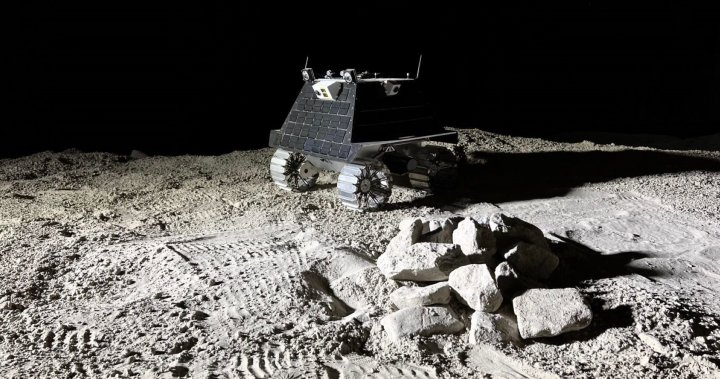A planetary geologist from Western University is ready for take-off in leading the science for Canada’s first lunar rover in the Moon mission now expected for 2026.
The government of Canada announced on Monday that Canadensys Aerospace Corp. — a space systems and advanced vehicle development company — had received a contract to design and build the country’s first lunar rover, which will be sent to the moon’s south pole region in a few years’ time.
Canadensys, also one of Canada’s most innovative space systems companies, is leading a broad team of partners, including Western University and NASA Ames Research Center.
Western’s Gordon “Oz” Osinski will serve as principal investigator and scientific lead on the project.
“I’m honestly overwhelmed, and it hasn’t really sunk in yet,” Osinski said in a media release.
“It’s a cliché but I truly feel this is a culmination of everything I’ve worked towards throughout my academic career. It’s very, very exciting. ”
The earth sciences professor will coordinate the science team, develop the overall plan for the mission, work with other institutions to finalize the “development of their instruments,” as well as “analyze satellite data from the Moon to identify potential landing sites.
“Canadensys and our team members have been hard at work for the past decade, developing many of the key component technologies for lunar rovers,” said Christian Sallaberger, president and CEO of Canadensys. “This contract is a testament to that hard work, and we are humbled to have been given this remarkable opportunity to lead such a renowned international team to the Moon.
”
According to Western’s communications team, the mission was initiated under the Canadian Space Agency’s Lunar Exploration Accelerator Program (LEAP). The 30 kg rover will work to demonstrate key technologies for future lunar exploration and also has “scientific objectives” centred in geology, shadowed regions and volatiles — a group of chemical elements and compounds that can be readily vaporized — as well as life sciences and astronaut health.
“This is an incredible opportunity for me but also an incredible opportunity for Western,” Osinski said. “Over the next few years, many students, faculty and staff will play a part of this historic mission, as we bring Canada and Western to the Moon. ”.

